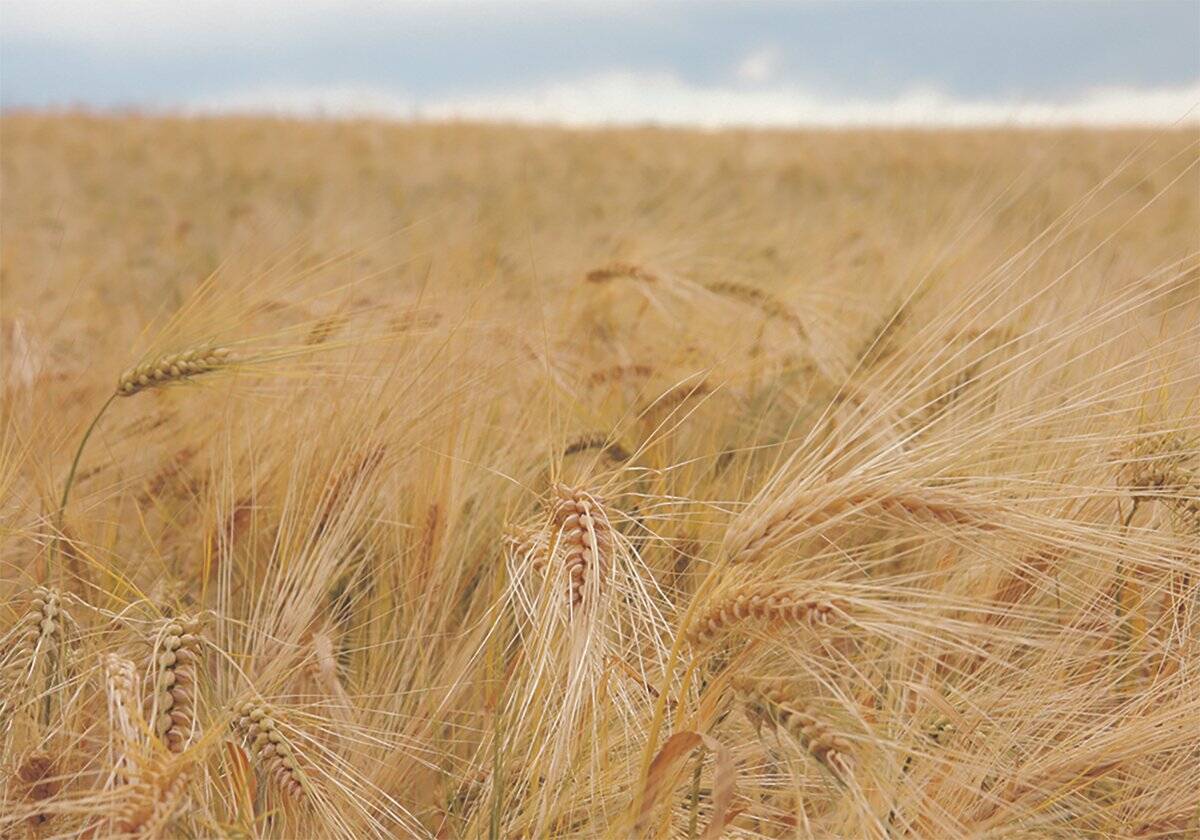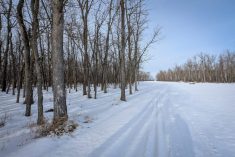Warm, dry weather has greatly reduced fears of delayed planting due to flooding in Western Canada.
In the biggest wheat- and canola-growing province, Saskatchewan, seeding of durum and peas is getting underway this week in the southwest, with the pace expected to quickly pick up in other areas as the sun dries and warms up the soil, said Grant McLean, cropping management specialist for the Saskatchewan agriculture ministry in Moose Jaw.
“What was spooking a lot of people even a week ago was the cool temperatures and that we still had snow on the ground,” he said. “These warmer temperatures have certainly perked everybody’s spirits up.”
Read Also

Feed Grain Weekly: Quiet trade to close the year
Feed grain prices are not expected to change drastically in the coming months, said a Saskatchewan-based trader.
The western provinces grow most of the wheat, canola, oats and barley in Canada, the world’s No. 6 wheat producer and largest canola grower.
With planting concerns abating, ICE Futures Canada new-crop November canola futures have slid six per cent in less than two weeks.
Warmer weather resulted in a sudden melt and floods, causing several Saskatchewan communities to declare states of emergency and some roads to wash out.
The worst is over, but late seeding is still likely in some areas, McLean said. Planting progress last year at this time was about five per cent complete in Saskatchewan, and this year’s pace is slower, he said.
With the snow replaced by standing water in fields, the next big factor to watch will be whether the region gets significant rain in May, the main planting month, McLean said.
Environment Canada forecasts mostly warm, dry weather through the weekend for the farming areas of Manitoba, Saskatchewan and Alberta.
Manitoba’s agriculture department said on Monday that warm, dry weather should allow seeding to begin later this week in several areas of the province.
Flooding along the Red and Assiniboine rivers was a major concern earlier in the year, but Manitoba said flood risks are easing even though water levels are still high.
The main wet spots remaining in Saskatchewan are north of North Battleford and Prince Albert, and farms around Regina, McLean said.
In southern Alberta, planting was about five per cent complete by the end of last week, behind the normal pace, with farmers in the central region just getting started, said Mark Cutts, a crop specialist with the provincial agriculture department in Stettler.
The Peace region, a heavy canola-growing area, is still wet, he said.
The upside to a winter of heavy snowfall is the moisture itself, which helps plants germinate and grow. Soils in many areas were parched before winter.
— Reporting for Reuters by Rod Nickel in Winnipeg.















